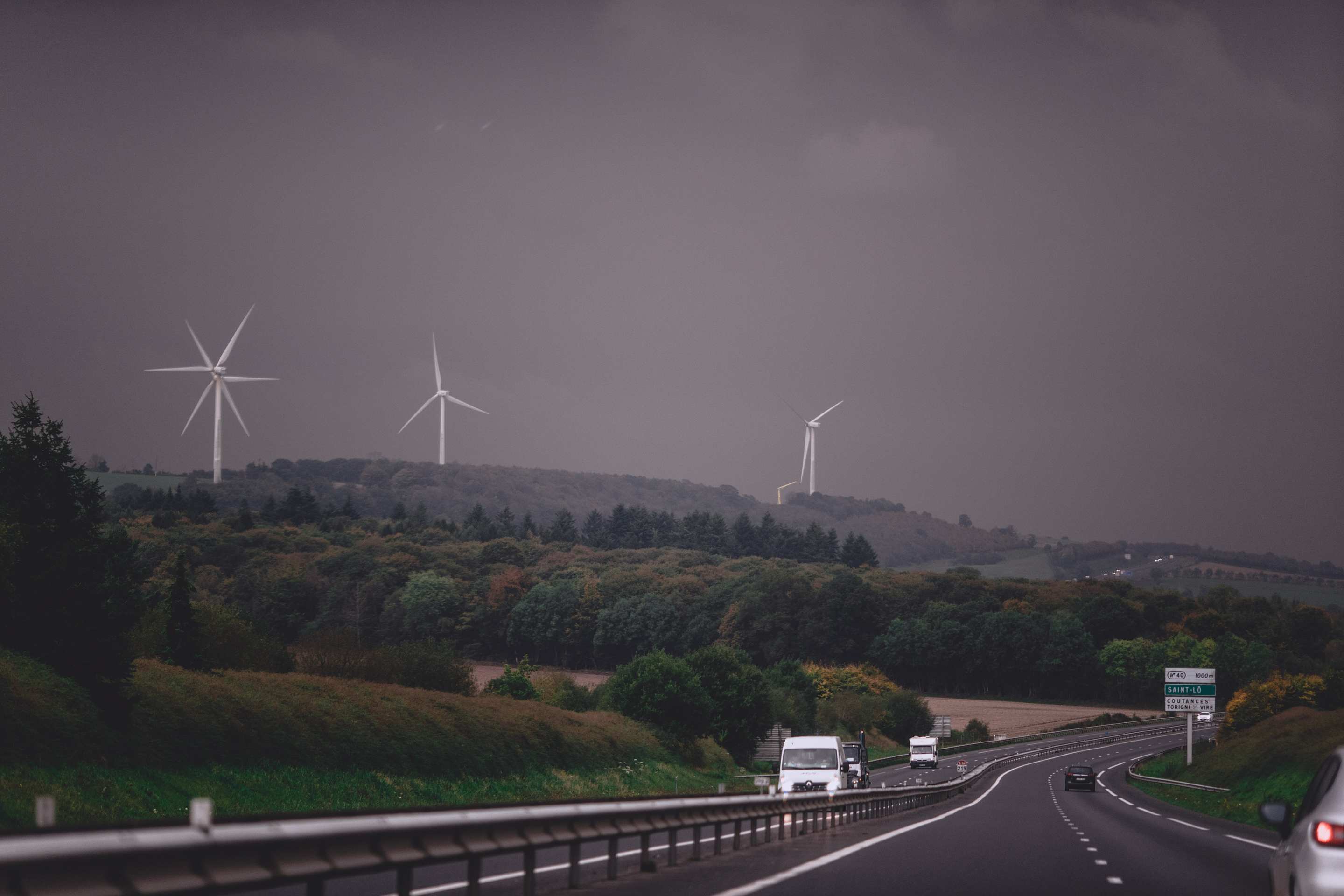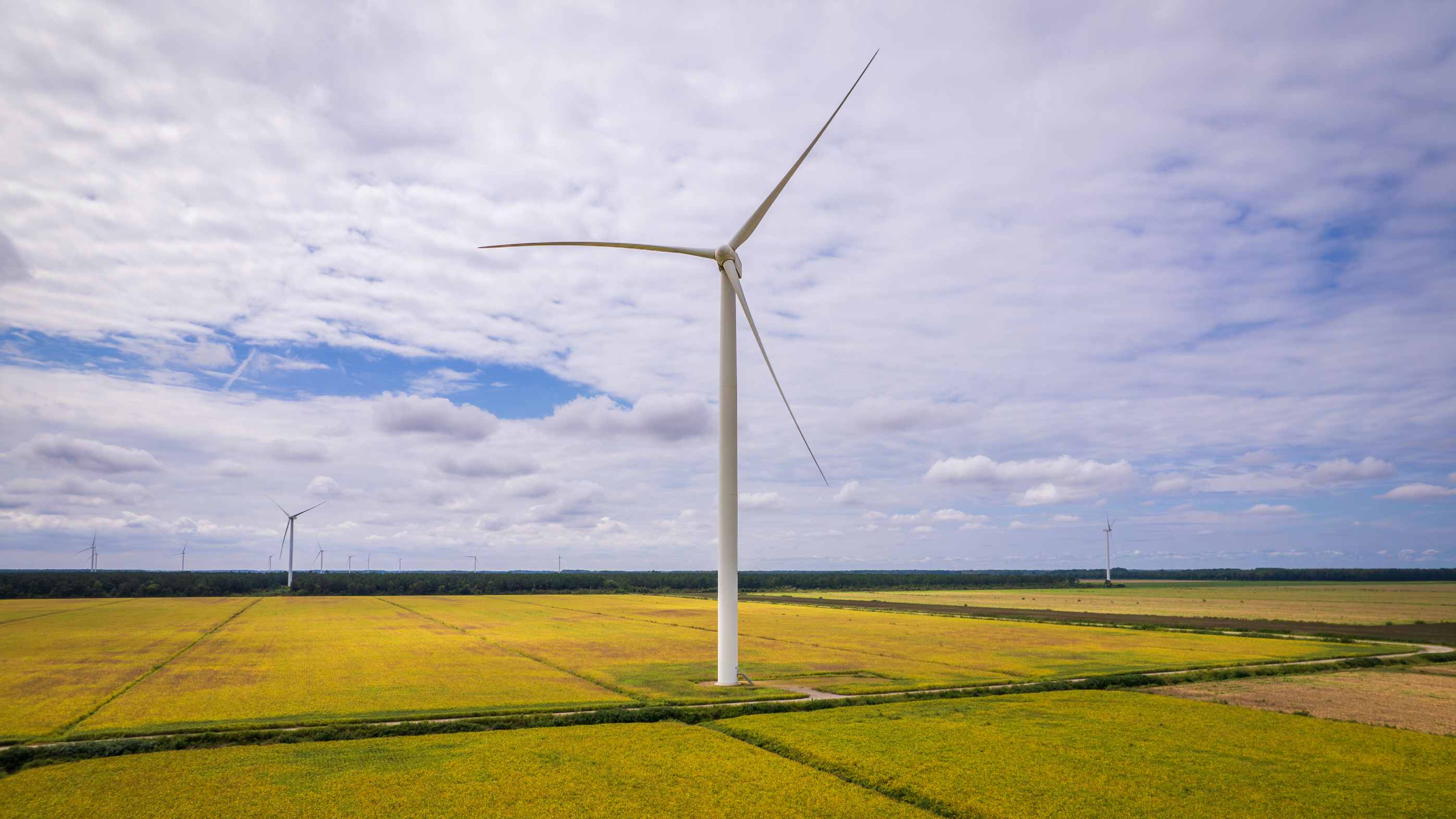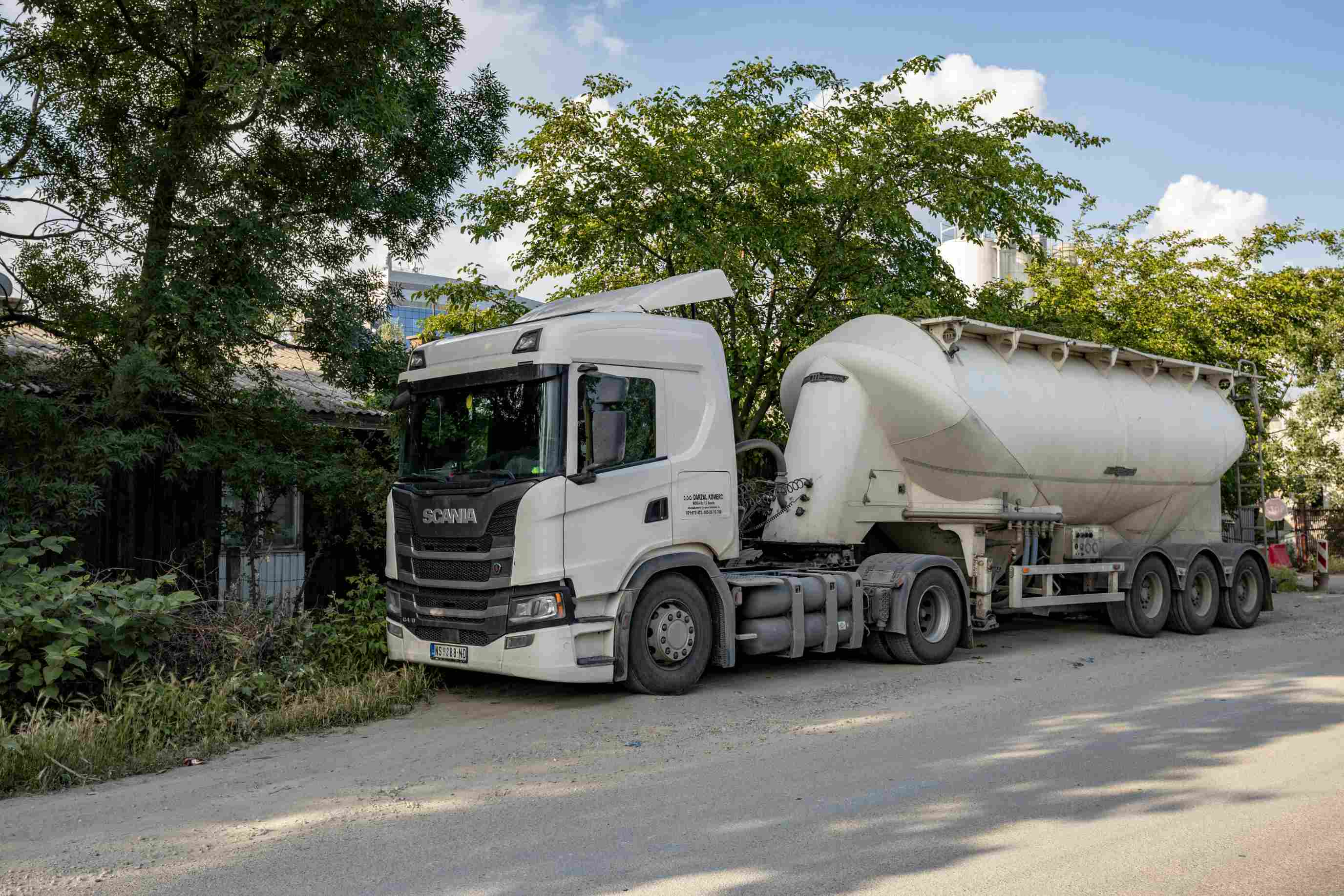Wind power has emerged as a pivotal component of the global shift towards sustainable energy sources. As the world endeavors to reduce its reliance on fossil fuels and mitigate climate change, harnessing the power of the wind has become a symbol of renewable energy progress.
In the pursuit of maximizing the potential of wind power, battery energy storage systems (BESS) have taken center stage. These sophisticated energy storage solutions are key to addressing the intermittent nature of wind energy. This article explores the critical role BESS plays in integrating wind power into our energy grids effectively.
Battery Energy Storage Technologies
Lithium-Ion Batteries
High Energy Density: Lithium-ion batteries are known for their exceptional energy density, making them a popular choice for various applications. Their ability to store a large amount of energy in a relatively compact space is crucial for wind power integration, where space efficiency is a concern.
Scalability and Modular Design: The scalability and modular design of lithium-ion batteries enable them to be customized to the specific needs of wind power projects. This flexibility is instrumental in catering to the variable energy production of wind turbines.
Flow Batteries
Redox Chemistry: Flow batteries operate on redox chemistry, a process involving the transfer of electrons between two chemical components. This unique chemistry allows flow batteries to store and release energy efficiently, making them well-suited for long-duration energy storage.
Long Cycle Life: Flow batteries have an extended cycle life compared to some other battery technologies. With the ability to endure a high number of charge-discharge cycles, they are ideal for wind power applications that require long-term reliability.
Solid-State Batteries
Improved Safety: Solid-state batteries present advancements in safety due to their absence of flammable liquid electrolytes. This characteristic reduces the risk of fire or explosion, a crucial factor in wind power projects located in remote or challenging environments.
Potential for Higher Energy Density: Researchers are exploring the potential of solid-state batteries to offer higher energy densities than traditional lithium-ion batteries. This advancement could revolutionize the energy storage landscape for wind power projects, enabling greater energy storage in a smaller footprint.

Enhancing Wind Power Integration
Smoothing Wind Power Output
Mitigating Intermittency: Battery energy storage systems play a vital role in mitigating the intermittent nature of wind power. By storing excess energy during periods of high wind production, BESS can release power during lulls, ensuring a more consistent and reliable energy supply to the grid.
Reducing Grid Instabilities: Wind power integration can introduce grid instability due to fluctuations in power output. BESS can act swiftly to regulate and stabilize the grid, ensuring a seamless integration of wind power into the larger energy ecosystem.
Time-Shifted Energy Delivery
Maximizing Energy Utilization: Battery energy storage enables time-shifting energy delivery, meaning excess wind power generated during off-peak hours can be stored and utilized during peak demand, reducing the need for backup power sources and fossil fuel generation.
Supporting Peak Demand: Wind power is often most abundant when energy demand is low. Battery storage systems bridge this gap by storing excess energy for release during peak demand hours, optimizing energy delivery, and reducing strain on the grid.
Conclusion
As the demand for battery energy storage grows, economies of scale are driving down costs, making these systems more accessible for wind power projects of various scales. Of course, ongoing research and development efforts are focused on improving the efficiency and performance of battery energy storage technologies, further enhancing their viability in wind power integration.
If you are looking for high-performance battery energy storage for wind power, please feel free to contact us at [email protected].

 EN
EN 



